Finding the perfect hair colour to suit your skin tone and lifestyle is moments away, with advice from a top stylist and the latest cool colours that stay true to shade. Here Trudi Brewer shares how to get the hair colour you have always wanted. Read on to learn more.
Images from Schwarzkopf Professional
Jennifer Morgan
Hot off the plane from Germany, Jennifer Morgan has the jump on what’s happening in the world of hair colour. While she spends her days creating customised hair creations from her Auckland salon Morgan and Morgan, The Hair Collective, she is also a global ambassador for Schwarzkopf Professional. Here, she shares new trends, how to get the colour you want, and the jargon needed to help you understand salon-speak.
How do you ask for the colour you want in a salon?
Take pictures. A good colourist will be happy to look at any images you have to show them. Then be open to suggestions. For example, your colourist may suggest a different shade or effect that suits you better, so be open to their ideas and discuss the options with them. Next, explain your current hair history. Let the colourist know as much as possible about your hair colour and previous treatments. Be honest, as it impacts their technical choices and the results they can achieve. Finally, ask questions: If unsure about anything, ask the colourist for clarification.
How do you find a colour that best suits your skin tone and eye colour?
Determine your skin tone: There are generally three skin tones - warm, cool, and neutral. Warm skin tones have yellow or golden undertones, while cool skin tones have pink or bluish undertones. Neutral skin tones have a mix of both warm and cool undertones. You can determine your skin tone by looking at the veins on your wrist - if they appear green, you have a warm skin tone; if they appear blue, you have a cool skin tone; and if they appear a mix of both, you have a neutral skin tone. Consider your eye colour: Generally, cool-toned eyes like blue or green pair well with cool-toned hair colour like platinum blonde or ash brown. Warm-toned eyes like brown or hazel pair well with warm-toned hair colours like honey blonde or chestnut brown. Try on wigs or use virtual try-on tools online: If you're not ready to commit to new hair colours, you can try on wigs or use virtual try-on apps. This can give you a better idea of what will suit you best before making a permanent change.
Can anyone go blonde?
Anyone can colour their hair blonde with the help of a professional. However, it’s important to note that going blonde may require bleaching, which can damage the hair if not done correctly.
The most important thing to remember with blonde is to make sure the tone of the colour suits your complexion, and the maintenance is manageable. Also, if your hair isn’t in good health, it pays to make that a focus before lightening. Finally, if you have naturally dark hair, you may want to consider a more lived-in technique to minimise regrowth, like balayage.
So the condition of your hair influences the colour result?
If your hair is damaged or porous, it may absorb colour differently than healthy hair. As a result, damaged hair is unlikely to colour evenly and lacks shine. The colour fade will also be more significant if the hair is damaged.
Should you turn up to your colour appointment with clean or unwashed hair?
Arrive with ‘reasonably’ clean hair. Excess natural oils and product buildup in unwashed hair can create a barrier that prevents the colour from penetrating the hair shaft evenly. However, don’t wash your hair immediately before your appointment, as the scalp's natural oils can help protect it from the chemicals in hair colour. Instead, washing your hair the day before your appointment is best. Or follow the advice of your colourist, as they may have specific recommendations based on the type of result and your hair's condition.
What is the difference between cool and warm colours?
Cool hair colours have a blue or violet undertone, while warm hair colours have a red or orange undertone. Cool colours include ash blonde, platinum blonde, cool brown, and black. Warm colours include shades like golden blonde, caramel, chestnut brown, and auburn.
Understanding hairdresser speak on colour
Base colour: This is your natural hair colour, which can be described as blonde, brunette, red, black, white, grey or any combination.
Level: This refers to the depth or darkness of your hair, ranging from 1 (black) to 10 (lightest blonde).
Undertone: This refers to the underlying pigment of the hair, which is always warm and impacts the colour result.
Lowlights: These are darker pieces of hair that are added to create depth and dimension.
Balayage: This technique is where the hair is coloured to create a more natural, sun-kissed look. It can be done by painting colour onto the hair or with foils to give the hair a natural, lived-in result.
Ombre: This is a technique where the hair is darker at the roots and gradually fades into a lighter colour towards the ends.
Tint: This refers to colouring the hair with a single, all-over colour in a permanent range.
Toner: This is a semi-permanent colour used to adjust the tone of the hair, usually after it has been lightened, to personalise, cool or brighten the result.
Reflect: This is the colour you see, made up of warm (red, orange or yellow), cool (green, blue, mahogany, or violet), or neutral tones.
Before and after images using the new Schwarzkopf Professional Igora Royal Cool colour collection.
Who can wear the new Schwarzkopf Professional Igora Cool collection?
It offers shades in demi-permanent (eventually washes out) and permanent colours that cater to anyone wanting to avoid or eliminate red, orange or yellow tones in their hair.
What do you like about the collection?
The range has been formulated to neutralise warm underlying pigment in the hair and with sufficient colour to create a perfectly ‘cool’ result. So, in a single step, we can offer great results for those trying to eliminate warmth or brassy tones in their hair.
What result can you expect from a 'cool hair' colour?
Traditionally cool tones fade quite quickly, but the technology in the Schwarzkopf Professional Igora Royal Cools range means the matte, ash and violet pigments have increased longevity, so the colour will stay true to shade for longer. Combined with the right take-home care, your hair will be shiny and healthy.
What's your best tip on how to find a good colourist?
Word of mouth is still the best way to find a great colourist, so ask around. If you see someone with a colour you love, compliment them and ask them who does their hair. Social media is also popular, but there is no guarantee that the images you see online have not been edited.



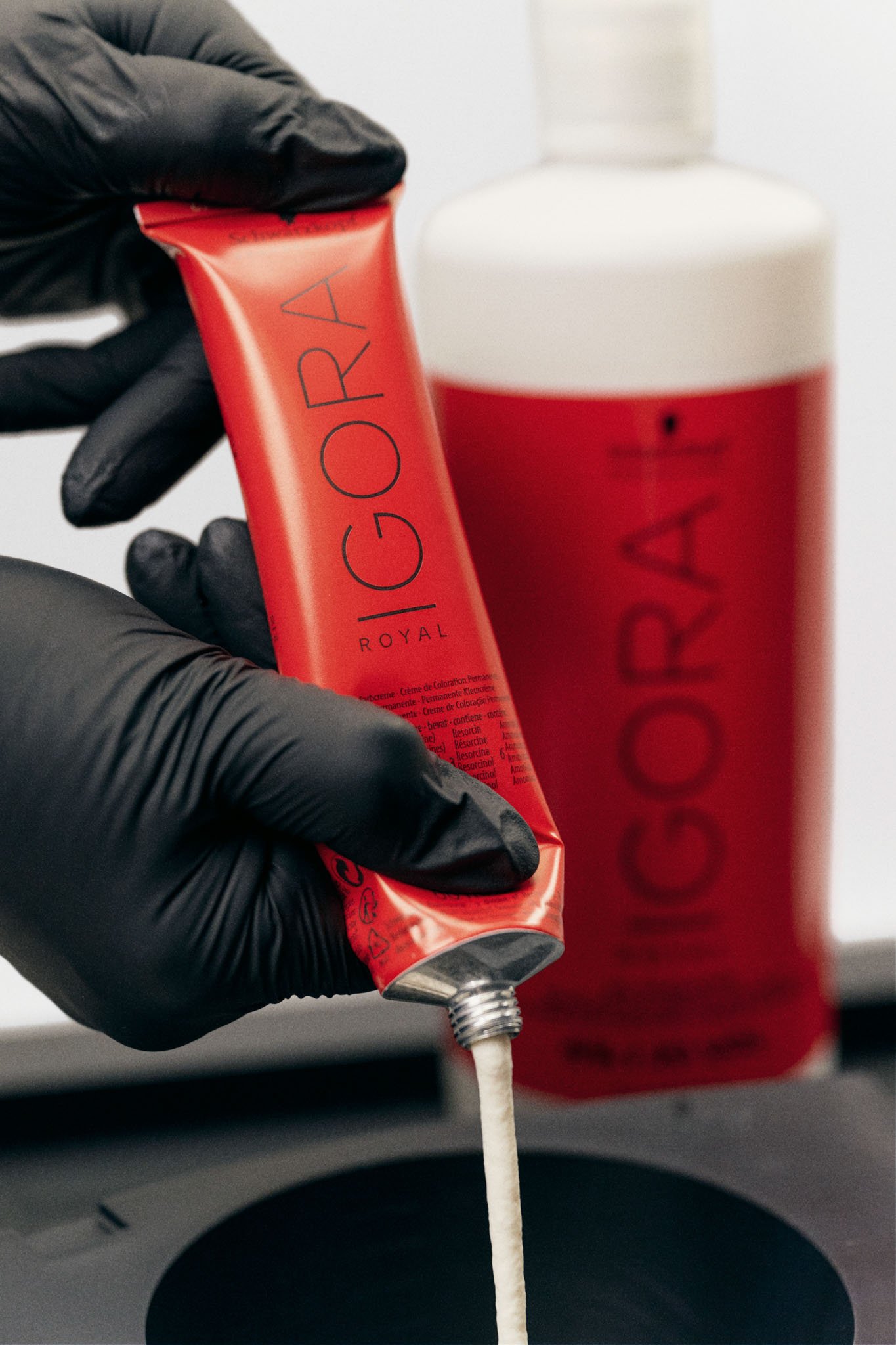

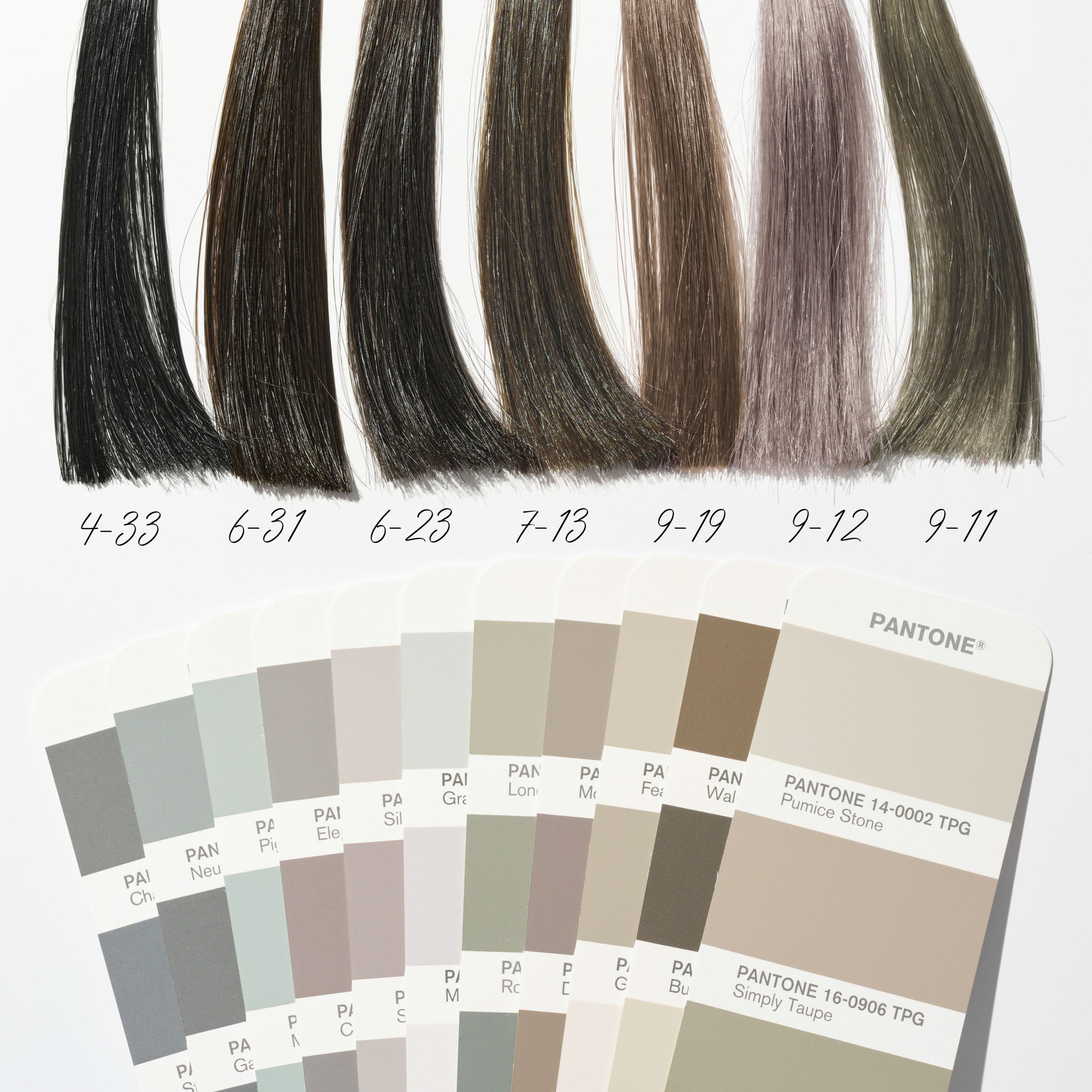
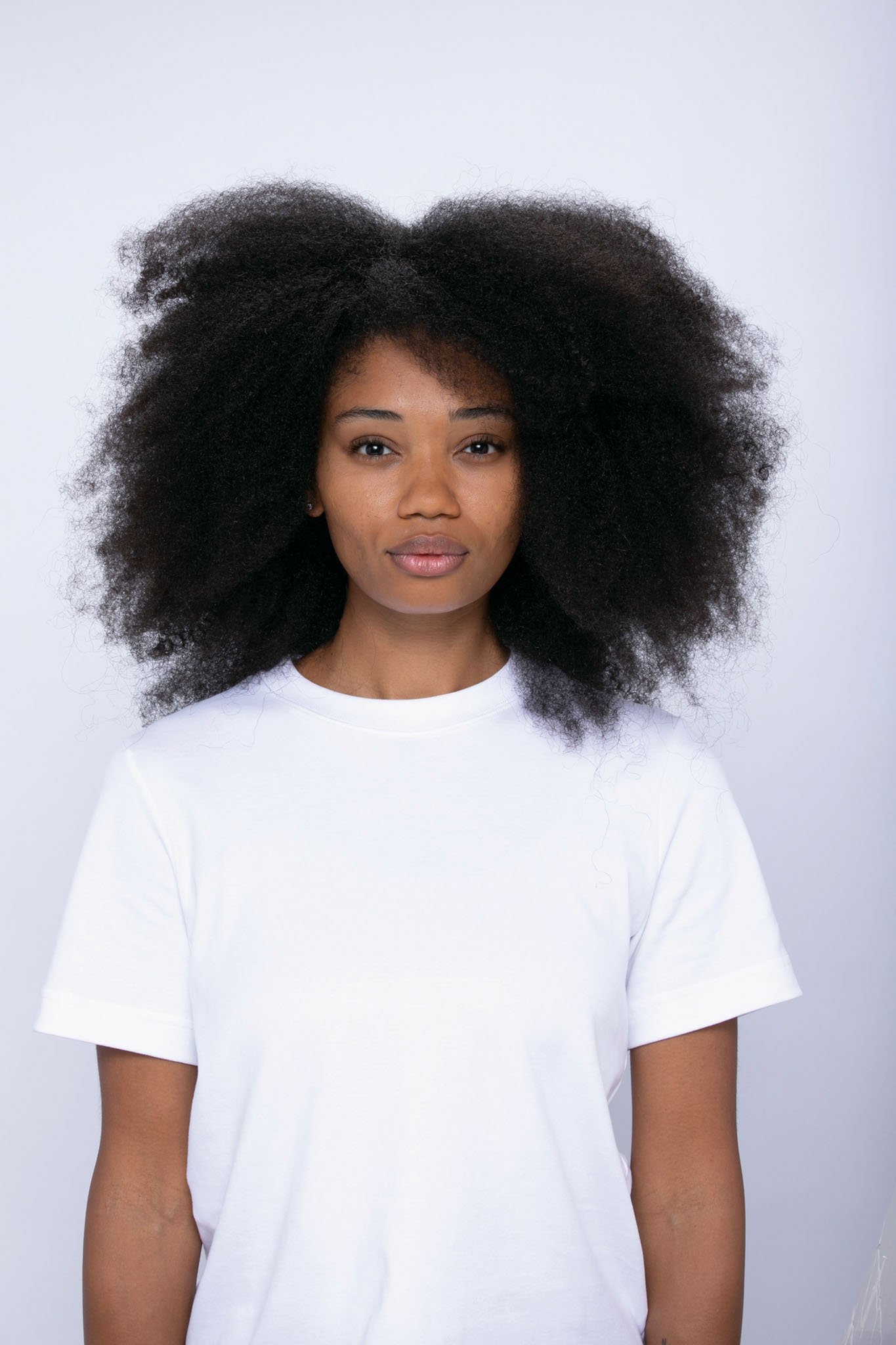
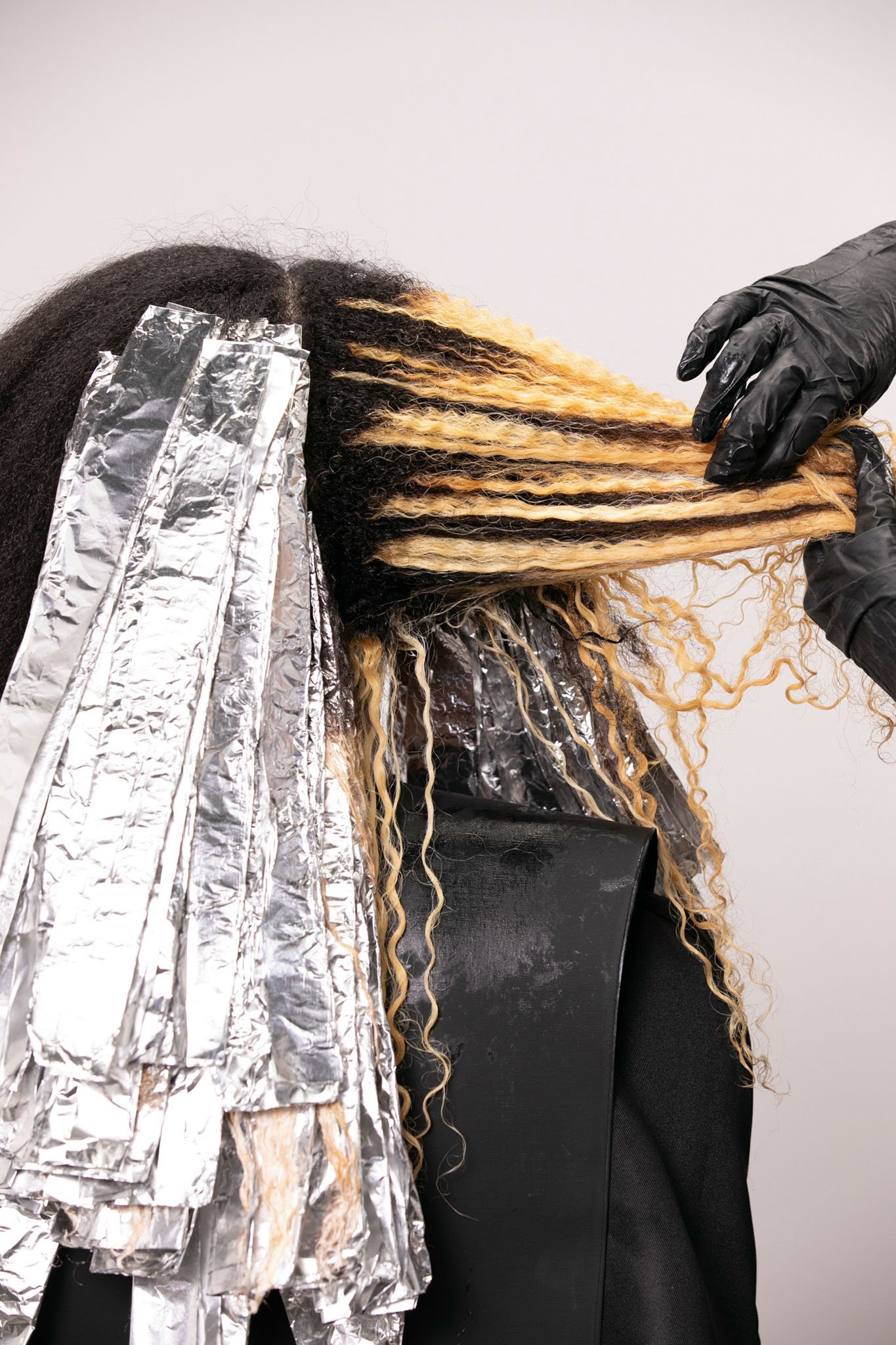
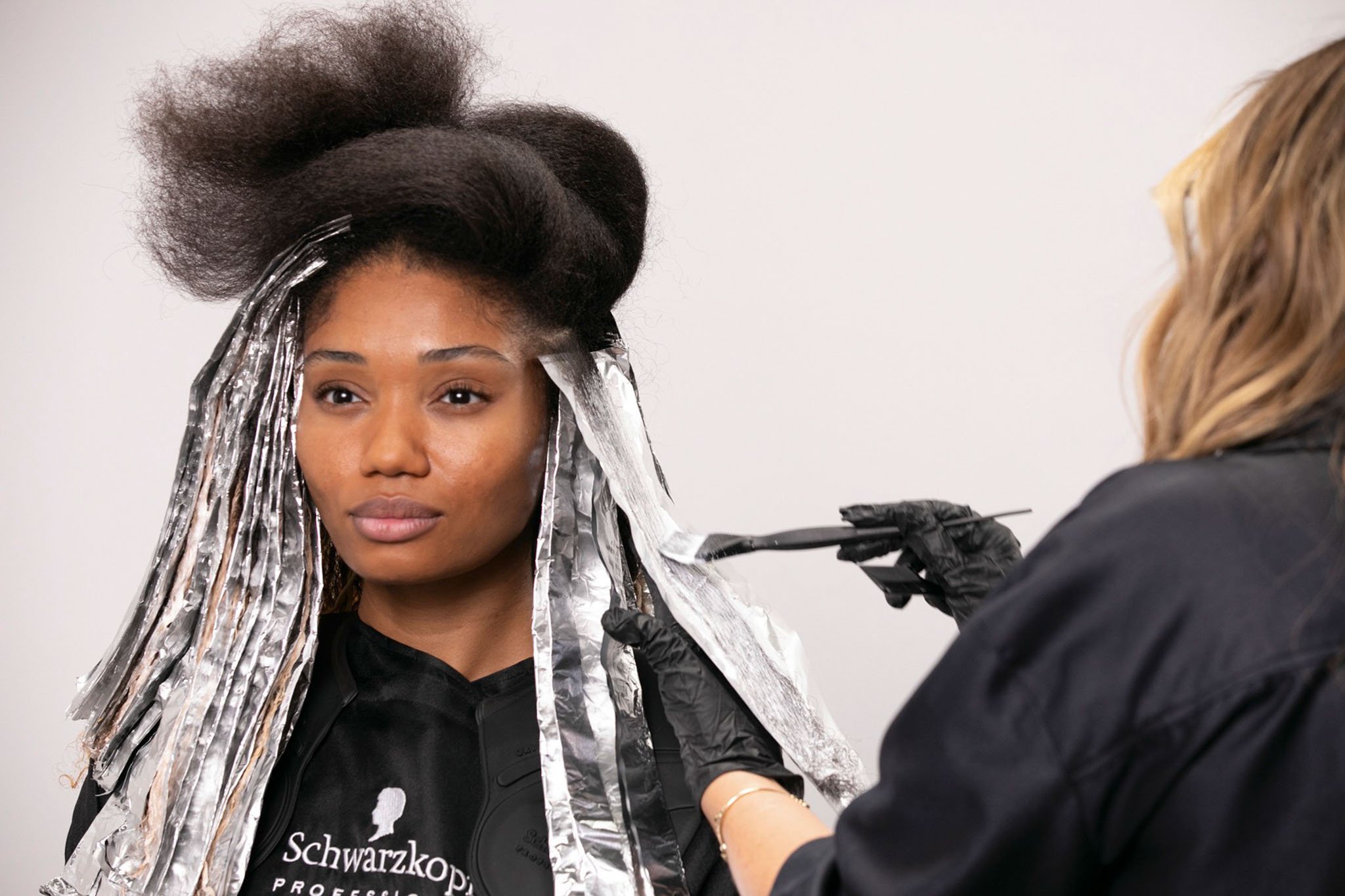
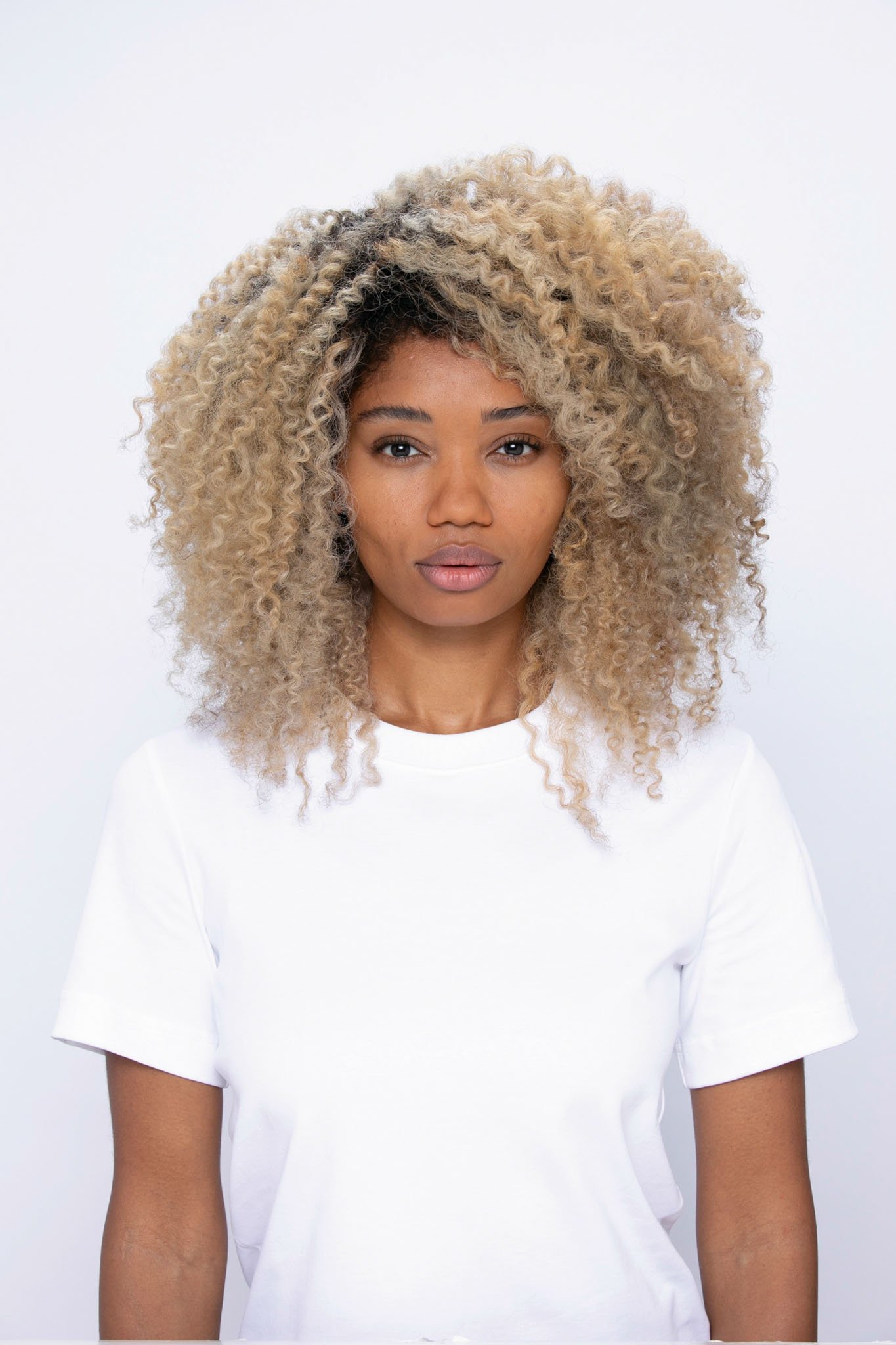
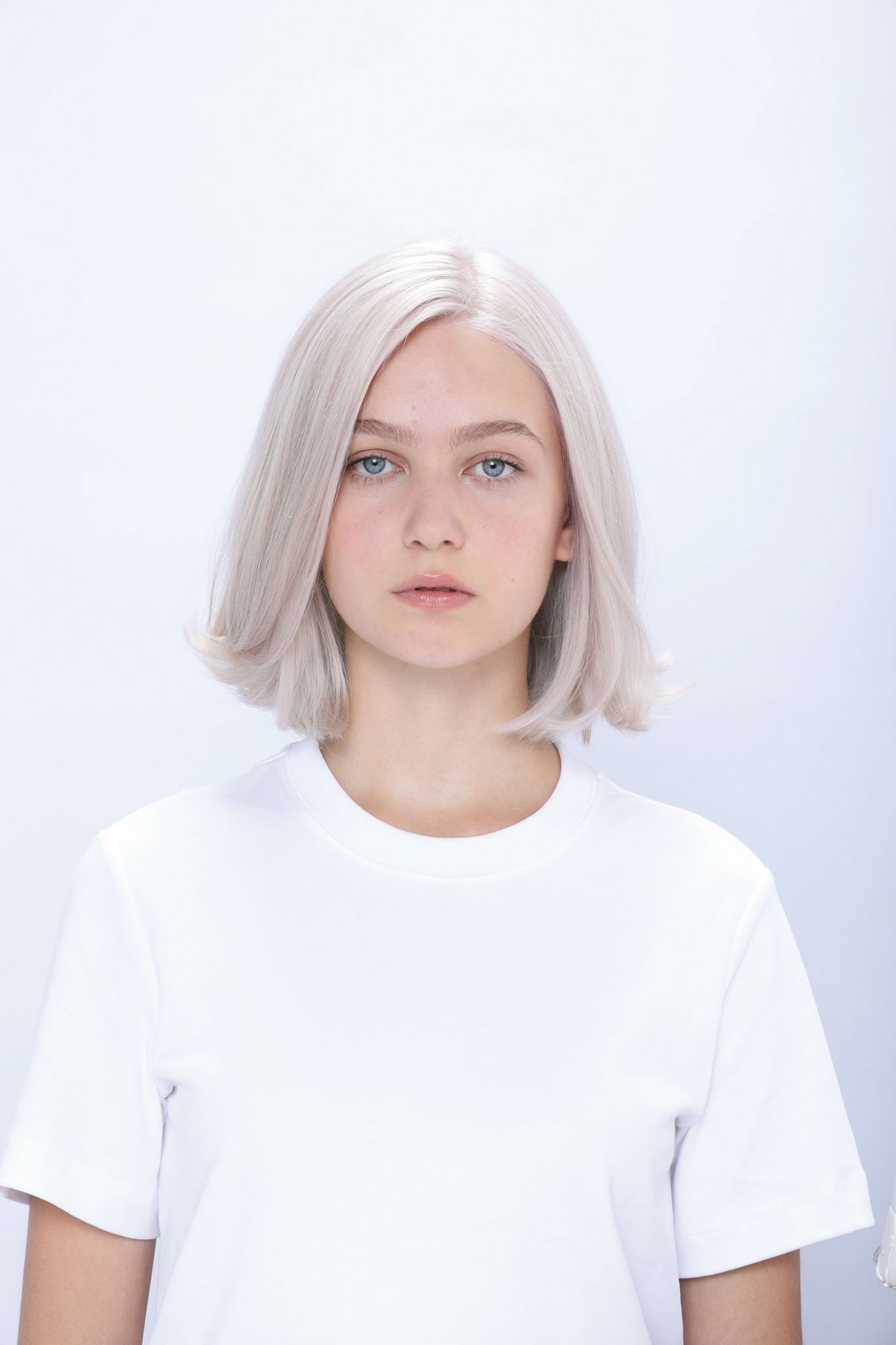
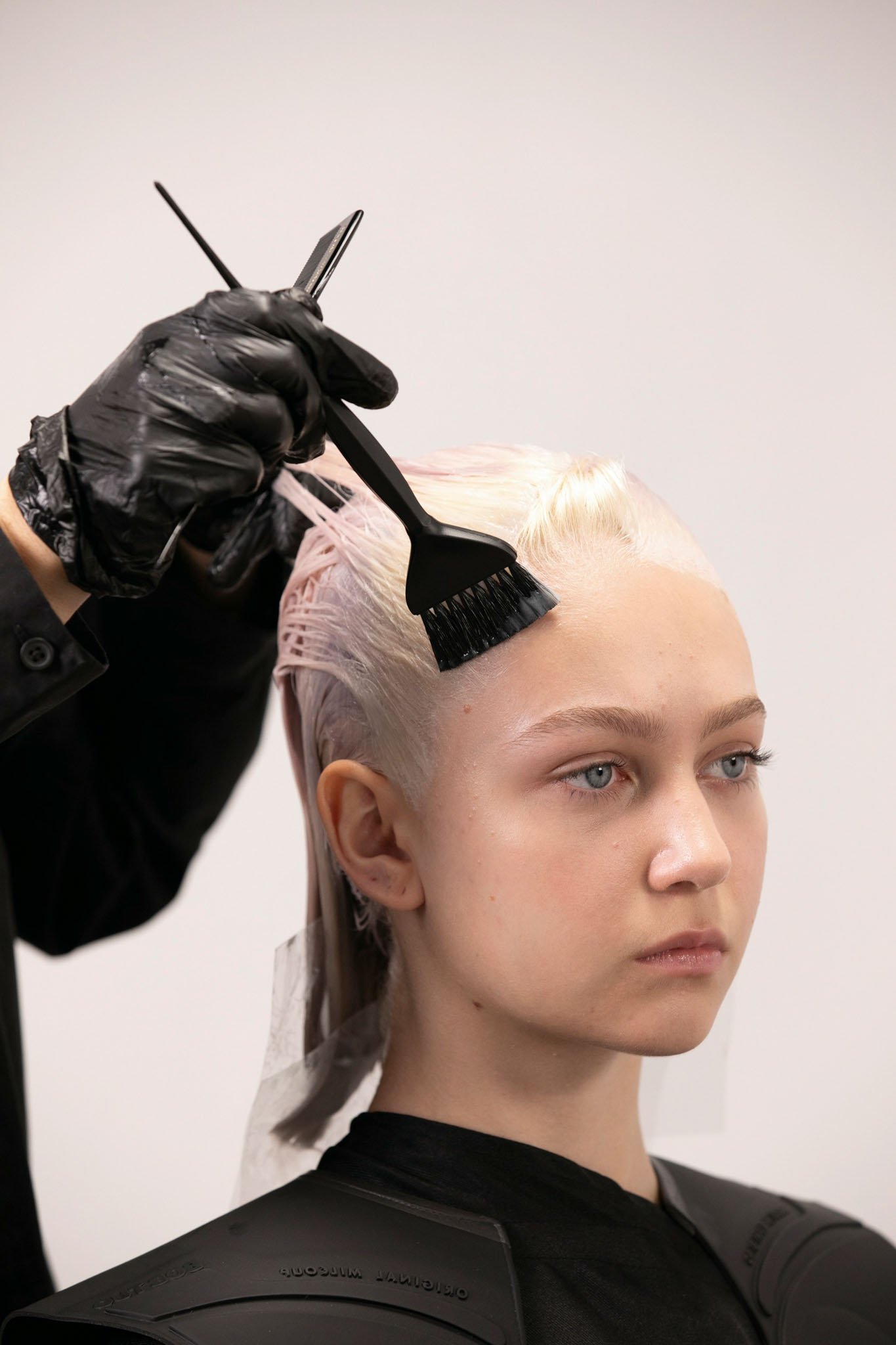
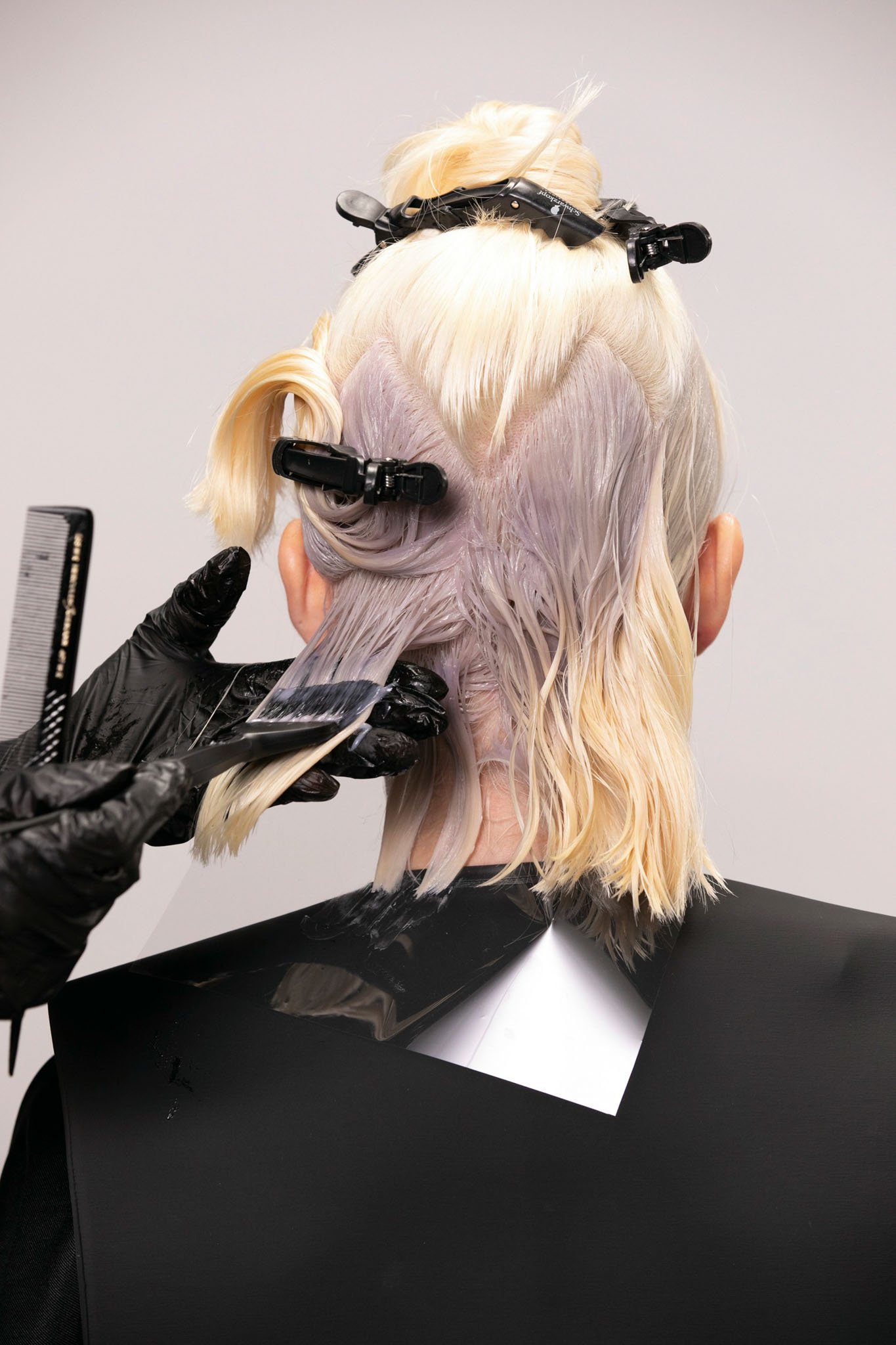
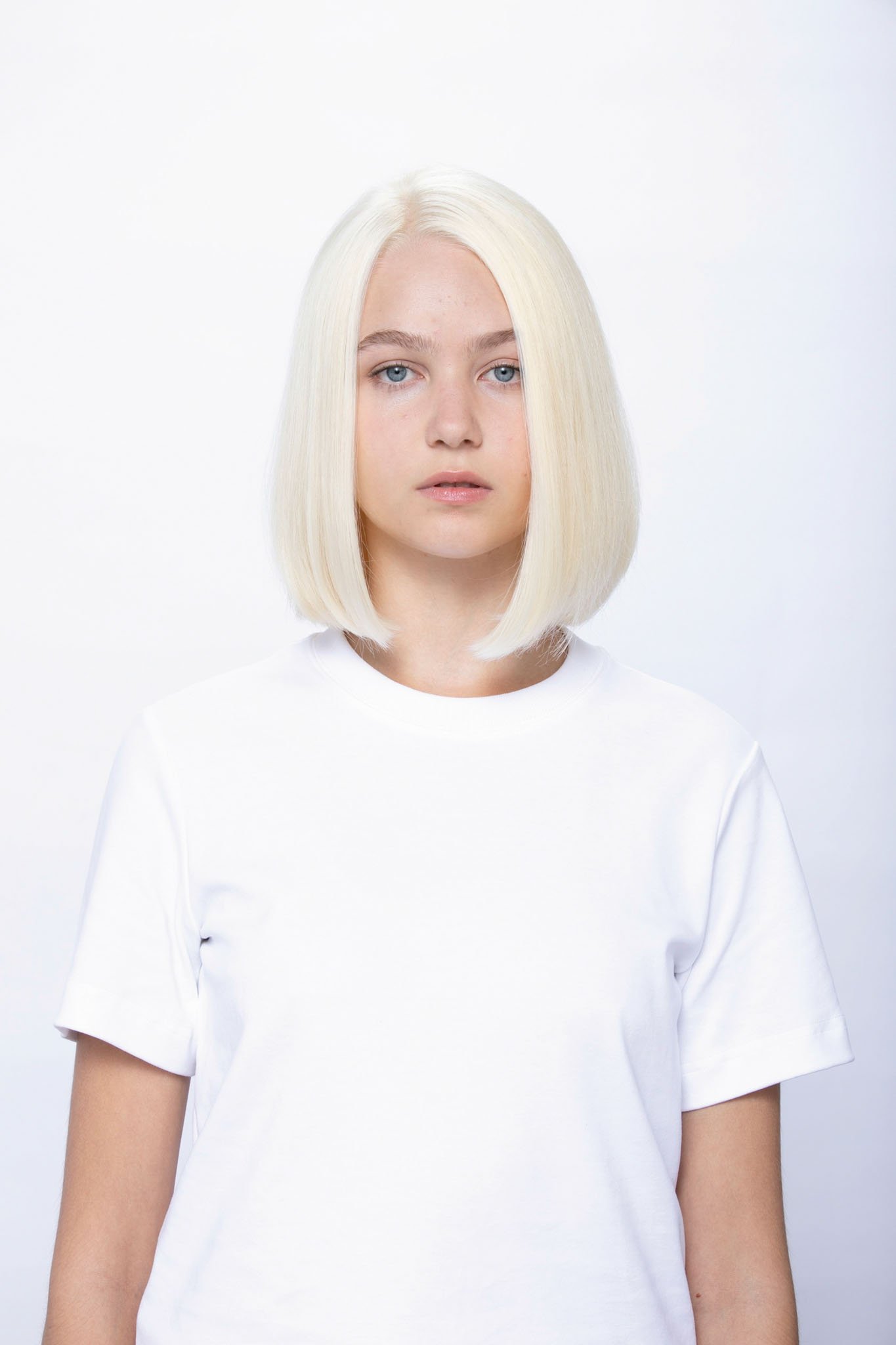





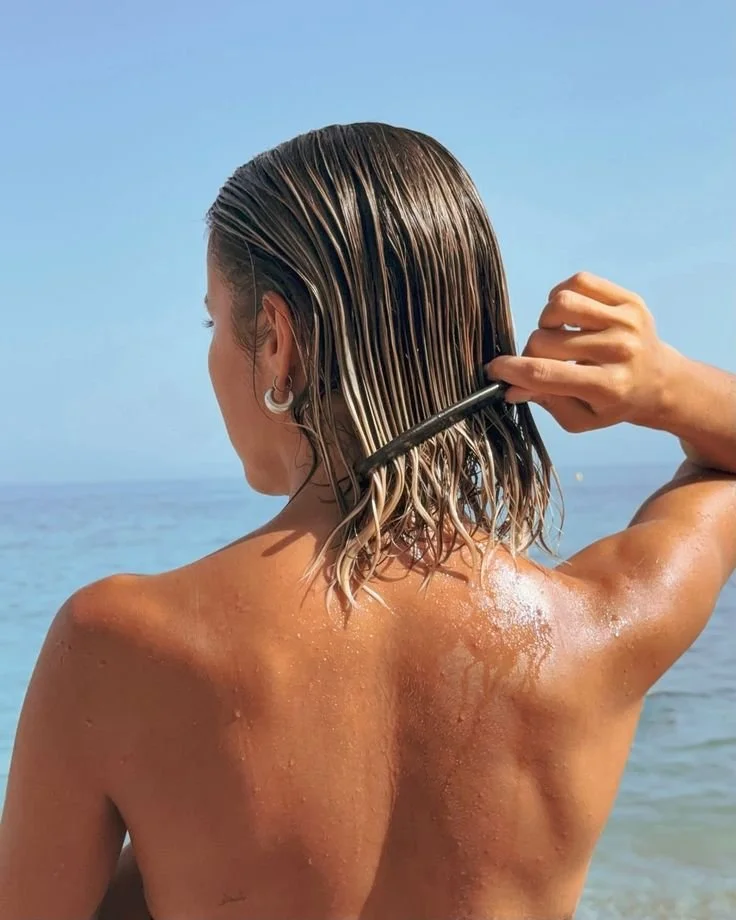

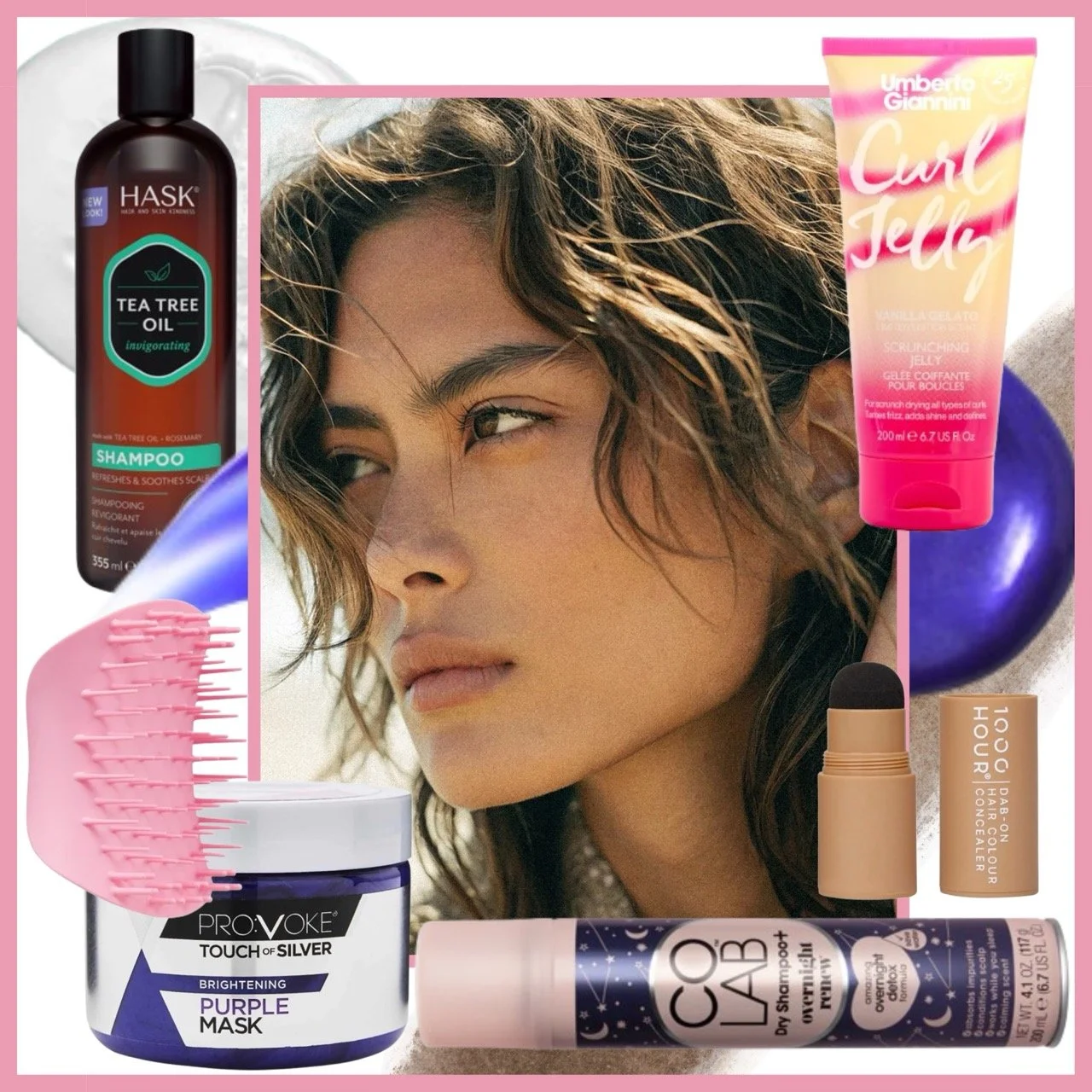
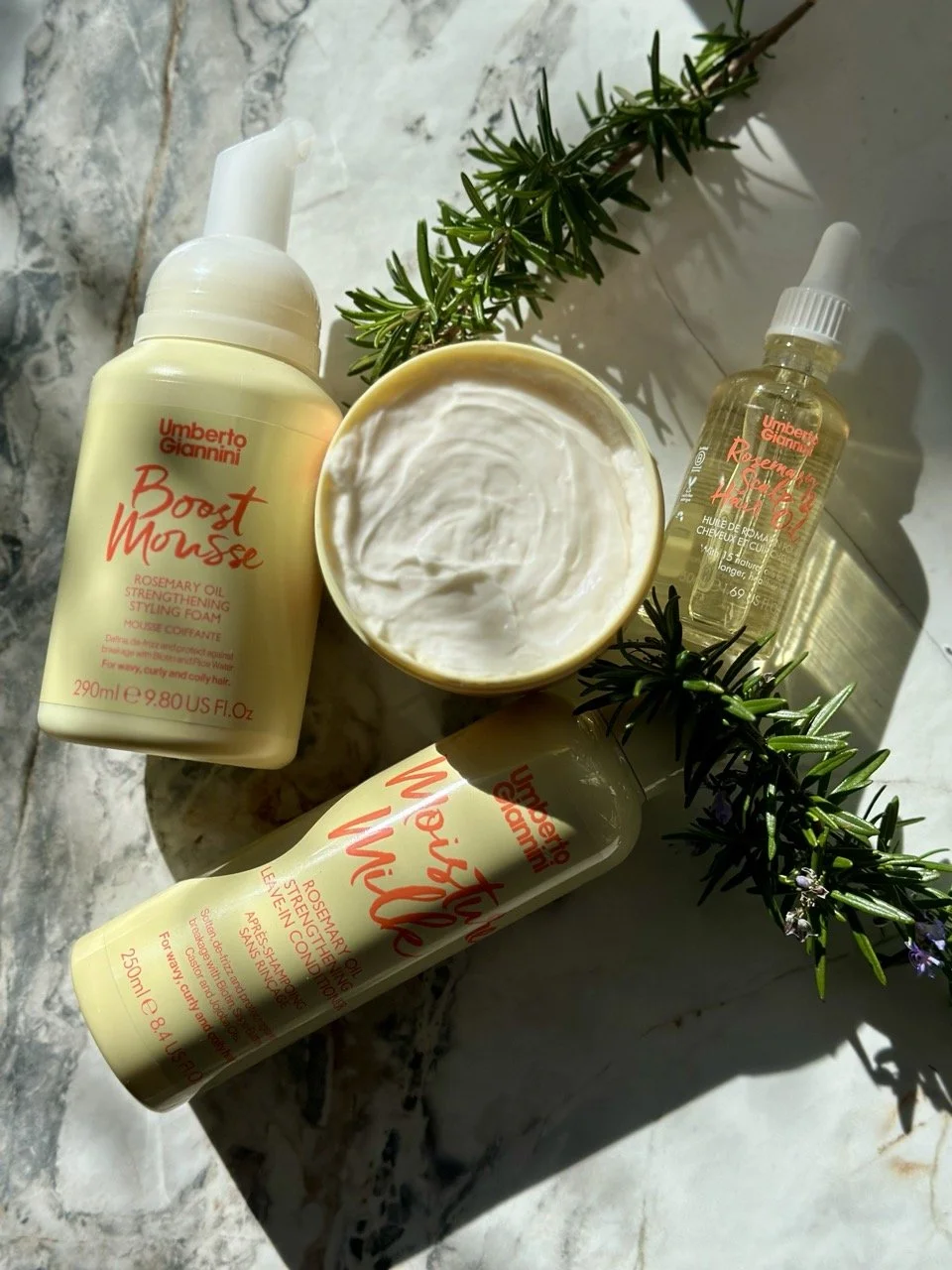


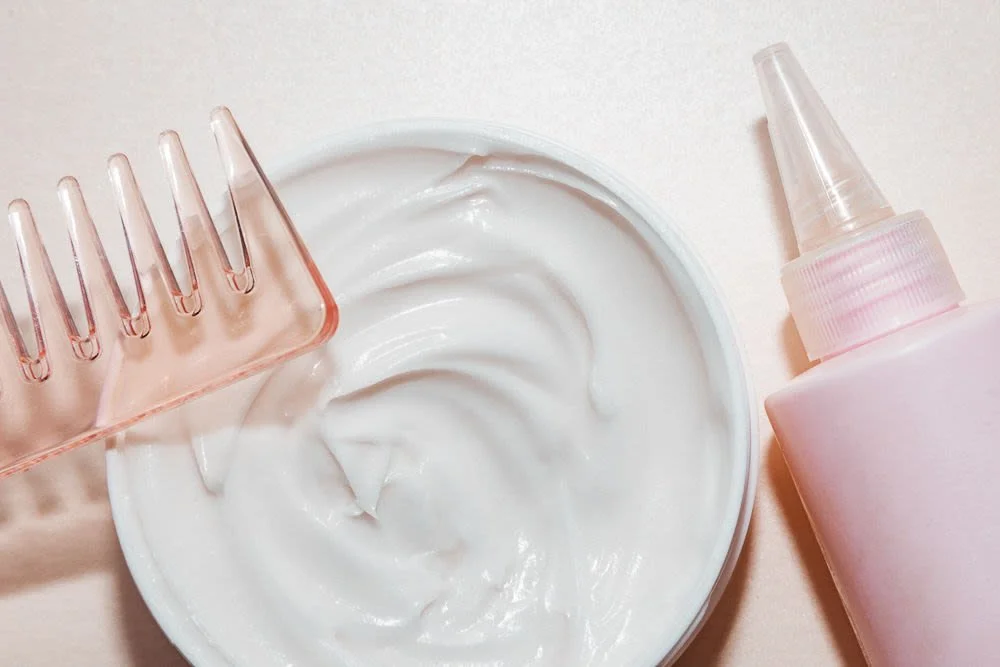


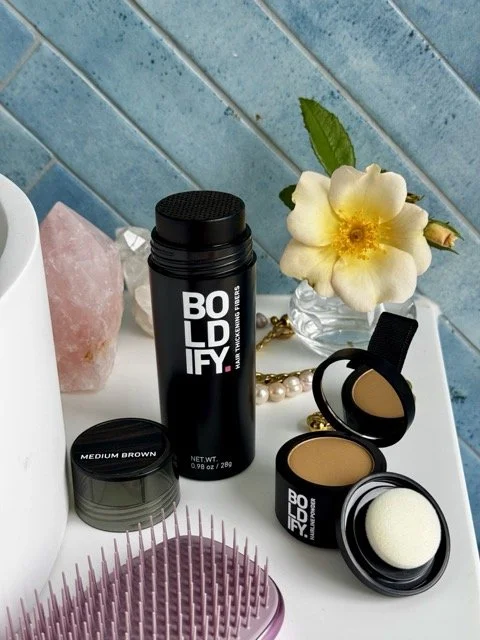
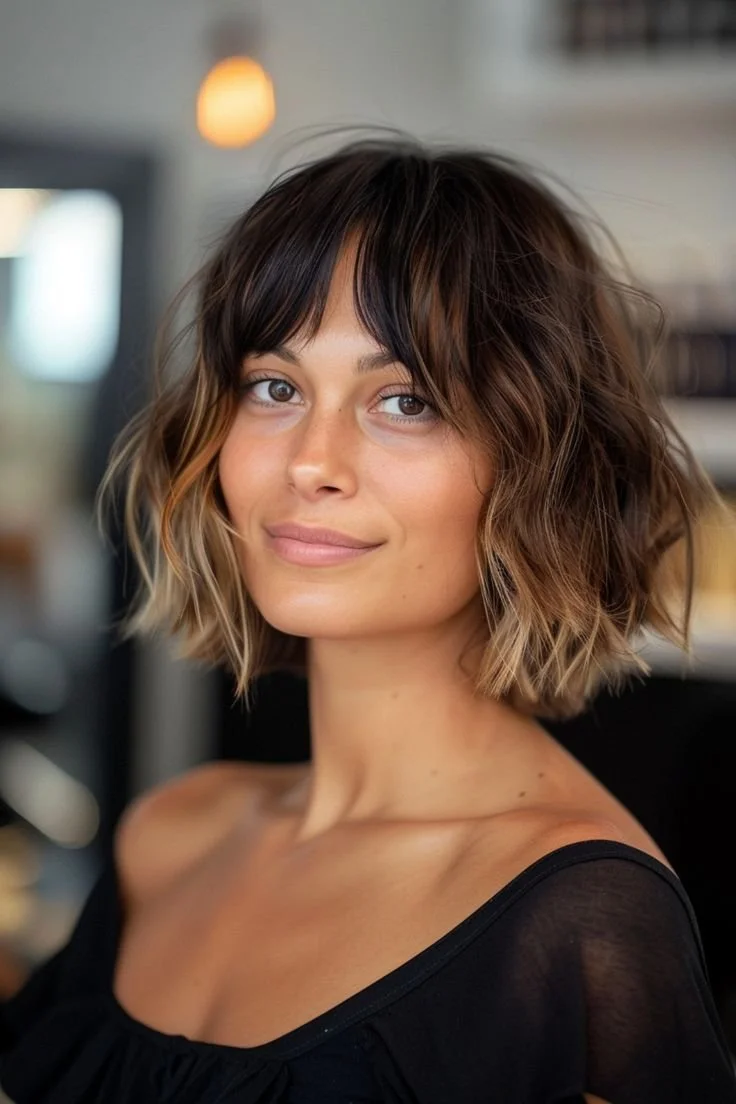

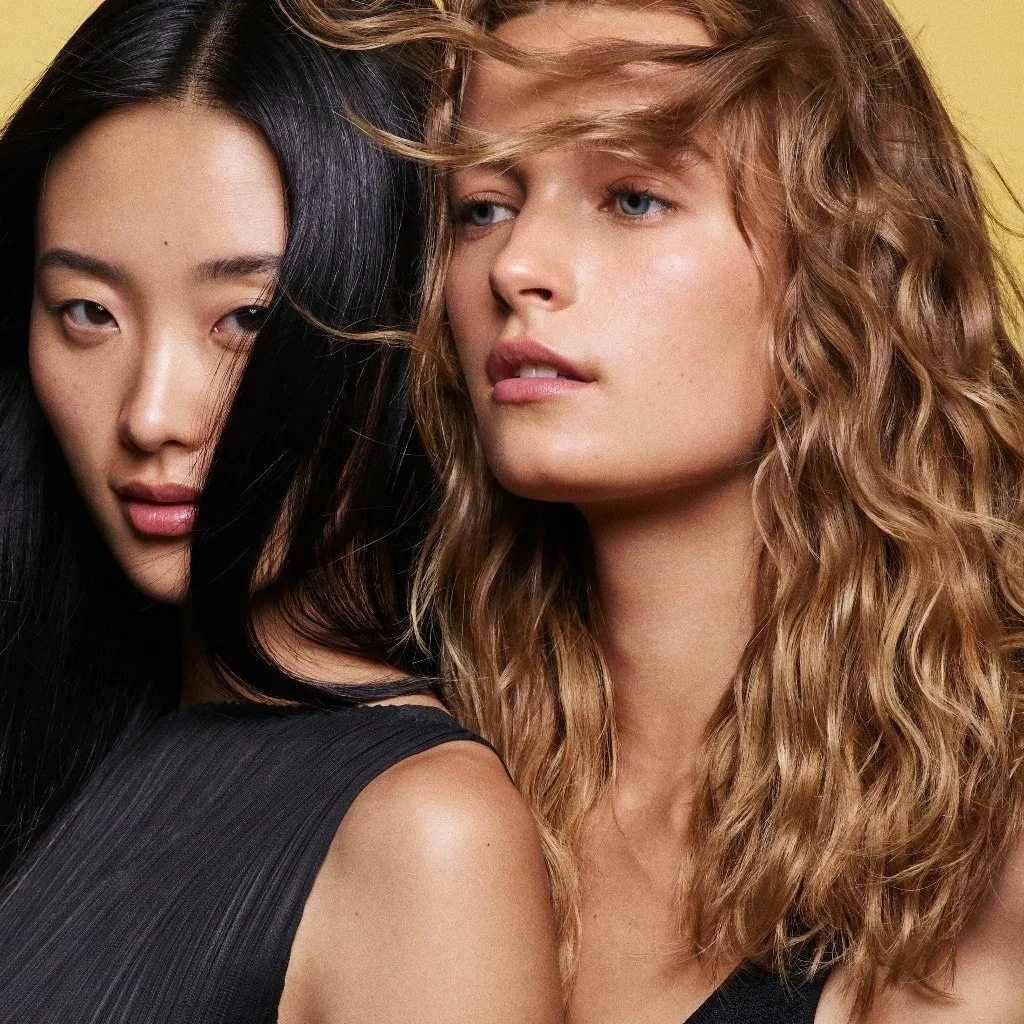
That fights frizz, repairs damage and restores shine.